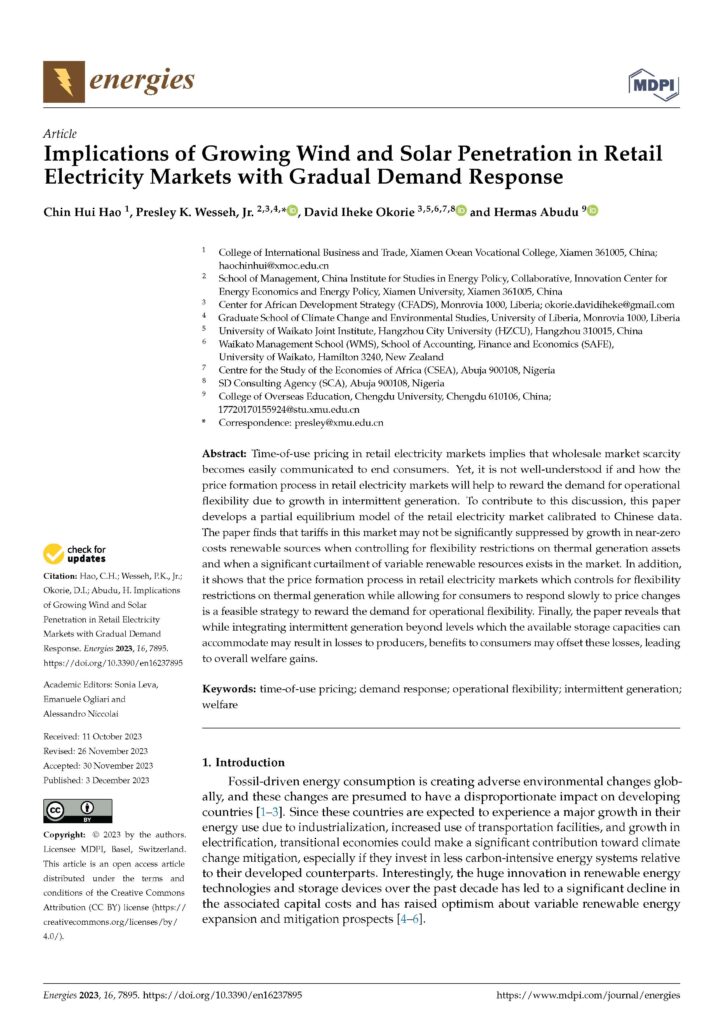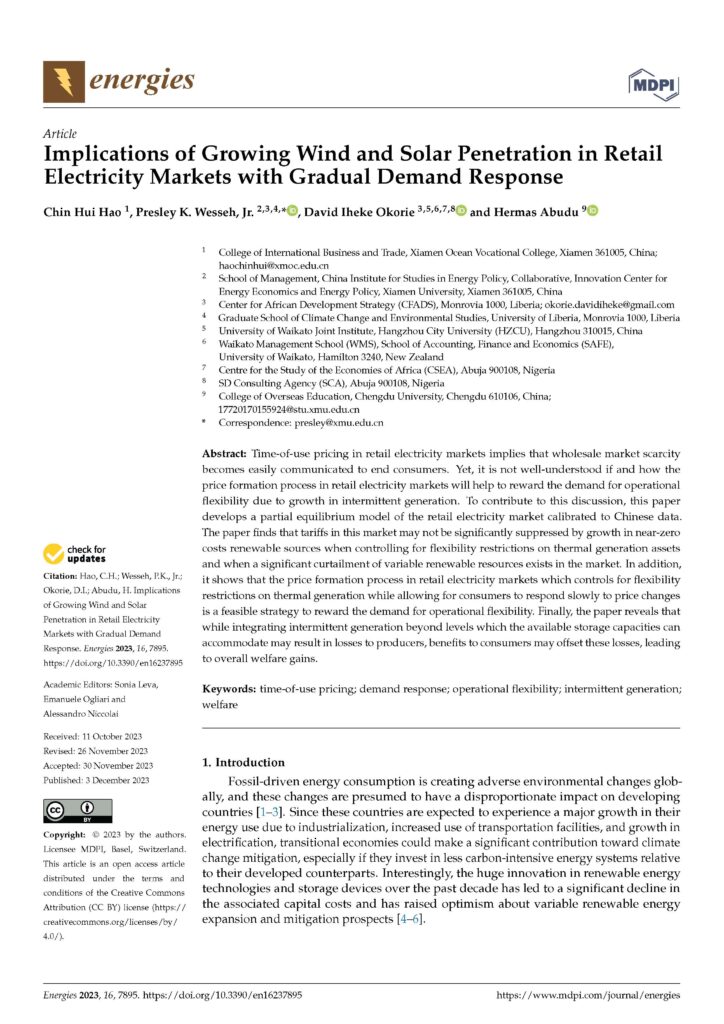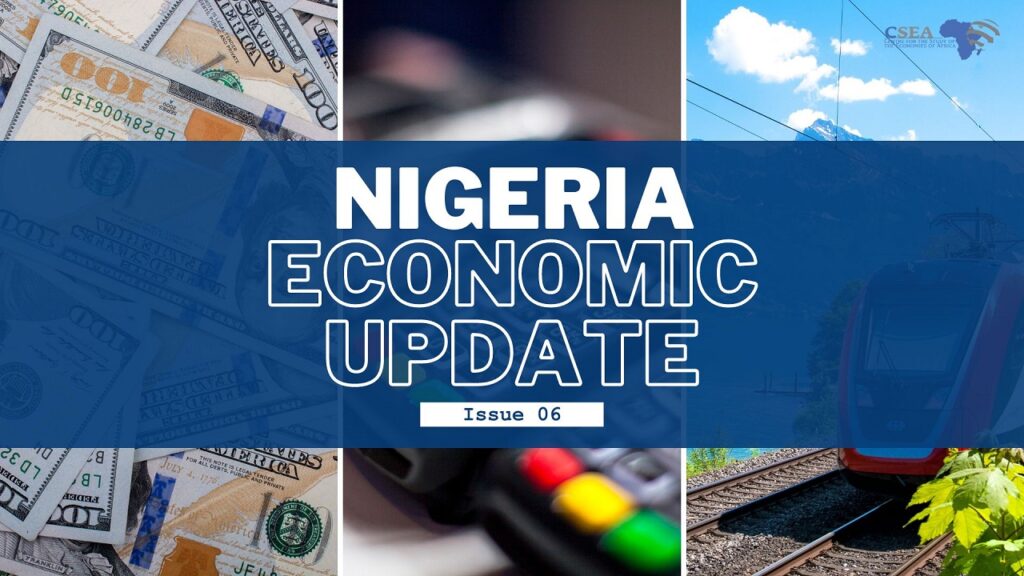Time-of-use pricing in retail electricity markets implies that wholesale market scarcity becomes easily communicated to end consumers. Yet, it is not well-understood if and how the price formation process in retail electricity markets will help to reward the demand for operational flexibility due to growth in intermittent generation. To contribute to this discussion, this paper develops a partial equilibrium model of the retail electricity market calibrated to Chinese data. The paper finds that tariffs in this market may not be significantly suppressed by growth in near-zero costs renewable sources when controlling for flexibility restrictions on thermal generation assets and when a significant curtailment of variable renewable resources exists in the market. In addition, it shows that the price formation process in retail electricity markets which controls for flexibility restrictions on thermal generation while allowing for consumers to respond slowly to price changes is a feasible strategy to reward the demand for operational flexibility. Finally, the paper reveals that while integrating intermittent generation beyond levels which the available storage capacities can accommodate may result in losses to producers, benefits to consumers may offset these losses, leading to overall welfare gains.
Download PDF

 English
English
 Arab
Arab
 Deutsch
Deutsch
 Português
Português
 China
China





